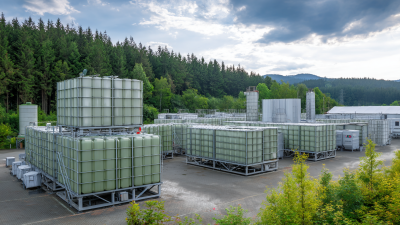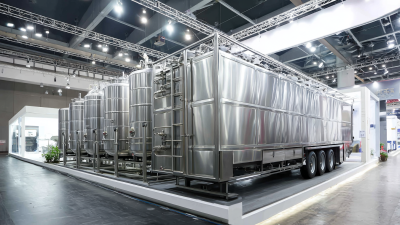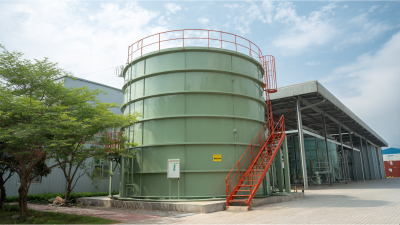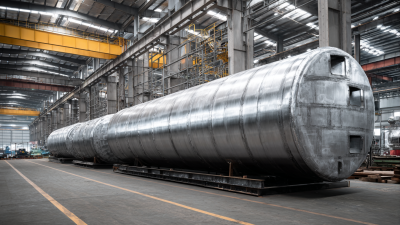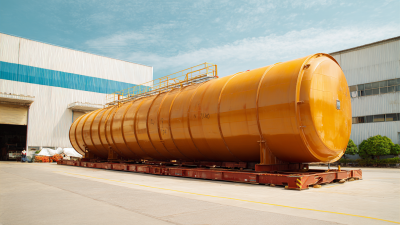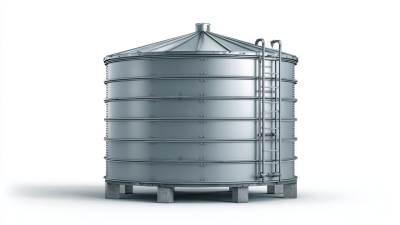In recent years, the increasing emphasis on sustainable water management has led to innovative solutions that address both efficiency and environmental concerns. Among these solutions, Square Water Tanks have emerged as a versatile and practical option for various applications, including irrigation, industrial use, and community water storage. These tanks offer distinct advantages over traditional cylindrical designs, such as improved space utilization and easier installation in urban settings. Additionally, their structural integrity allows for better water quality maintenance and reduced evaporation, which is crucial in arid climates. As we delve deeper into the benefits of Square Water Tanks, we will explore how their design contributes not only to effective water storage but also to broader sustainability goals, making them an essential component of modern water management strategies.
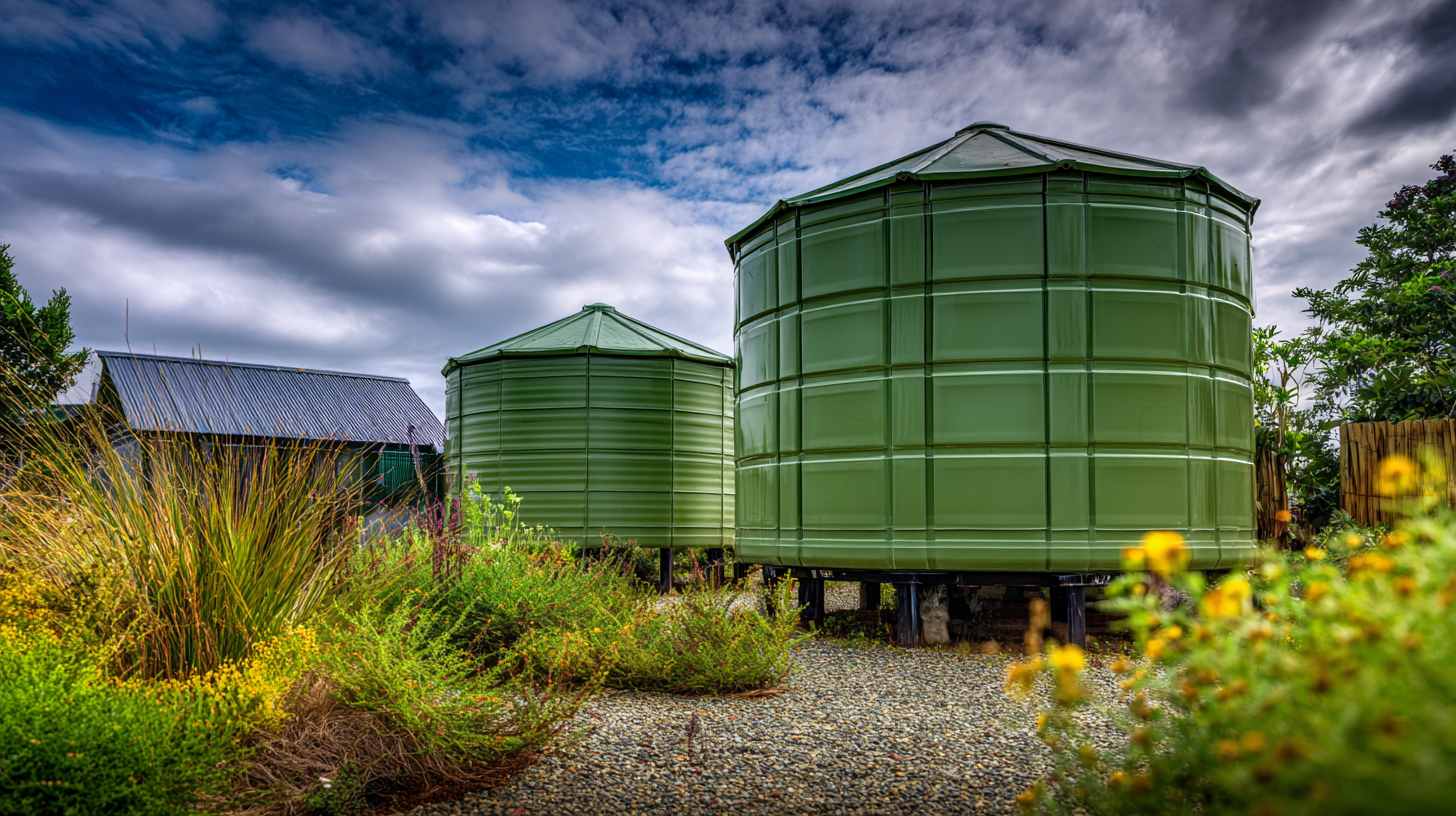
Square water tanks offer significant advantages in promoting eco-friendly practices, particularly in the management of water resources. Their design maximizes space efficiency, allowing for optimal water storage in both urban and rural areas. This is crucial in sustainable water management, where every drop counts, especially amidst increasing pressures from climate change and population growth. By utilizing square tanks, communities can ensure a reliable water supply, which is vital for agricultural practices that aim to enhance soil health and crop yields.
Furthermore, square water tanks can integrate seamlessly into green infrastructure initiatives. They can help manage stormwater runoff effectively, reducing the risk of flooding while supporting biodiversity through their design and placement. Sustainable practices like these not only conserve water but also promote a healthier ecosystem. Ultimately, the use of square water tanks aligns with a holistic approach to environmental stewardship, ensuring that our water management strategies support both sustainability and ecological balance.
Square water tanks are gaining popularity in various settings due to their efficient design and space-saving properties. Ideal for both urban and rural environments, these tanks can be utilized for irrigation, potable water storage, and industrial applications. According to a report by the Water Research Foundation, optimizing water storage solutions can reduce costs by up to 20% over traditional cylindrical tanks. Their compact shape allows for more versatile placement and easier integration into landscaping.
**Tips:** When considering the installation of square tanks, assess the available space and the tank's volume requirements. For urban settings, using modular square tanks can maximize utility without overwhelming limited space. In agricultural environments, implementing multiple smaller tanks may enhance access to water across various fields.
In addition to their functional benefits, square water tanks contribute to sustainable water management. They encourage rainwater harvesting and efficient water recycling practices. Studies show that leveraging such systems can help cut down water wastage by 30%, significantly benefiting both the environment and local water resources. Ultimately, selecting the right tank for your needs promotes both sustainability and operational efficiency.
When it comes to maximizing the efficiency of square water tanks for sustainable water management, proper installation is key. First, ensure that the location of the tank is stable and level. This prevents any structural issues that may lead to leaks or damage over time. Additionally, placing the tank near your water source can reduce the distance needed for plumbing, thus improving overall efficiency.

Another important tip is to incorporate a filtration system into your setup. This helps to maintain water quality by preventing contaminants from entering the tank. By choosing a filtration system that is compatible with your tank design, you can ensure clean and safe water storage. Furthermore, consider installing a rainwater harvesting system alongside your tank, as this can supplement your water supply and promote eco-friendly practices.
Finally, enhance the insulation of your square water tank to combat temperature fluctuations, which can affect water quality. Insulation materials like foam or reflective barriers can minimize heat transfer, keeping the water cooler in the summer and reducing the risk of freezing in the winter. By following these practical tips, you can optimize the operation of square water tanks and contribute to sustainable water management efforts.
Maintaining your square water tank is essential for ensuring its longevity and optimal performance. Regular inspection and cleaning are fundamental best practices that can prevent the build-up of algae and sediments, which may compromise water quality. According to the Water Environment Federation, routine maintenance can extend the lifespan of storage tanks by up to 50%, offering significant cost savings over time. Additionally, using non-toxic cleaning agents is recommended to avoid contamination, ensuring the water remains safe for consumption.
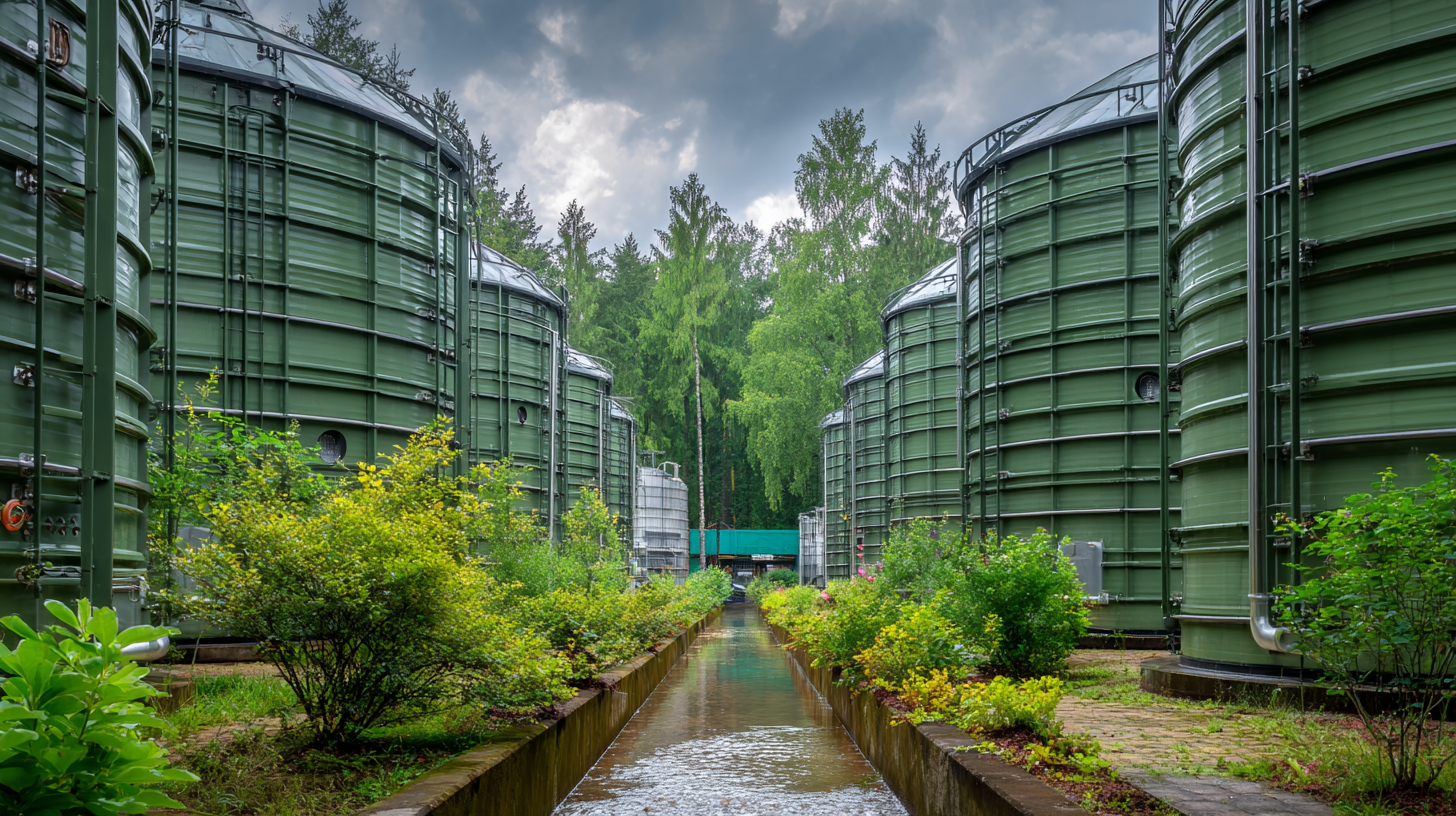
Another critical aspect of maintenance is monitoring the structural integrity of the tank. The American Water Works Association reports that nearly 20% of water distribution systems suffer from leakage due to corroded or damaged tanks. Inspecting for cracks and ensuring proper seals can prevent leaks, which not only preserves water resources but also reduces wastage.
Implementing a proactive maintenance schedule, which includes routine assessments by qualified professionals, can significantly enhance the performance of square water tanks and contribute to sustainable water management strategies.
The cost-effectiveness of square water tanks becomes increasingly significant when considering long-term water management strategies. According to a report by the Water Research Foundation, the initial investment in square tanks can offer substantial savings over time due to their efficient construction. Unlike traditional cylindrical tanks, square tanks utilize space more effectively, allowing for greater volume retention in smaller areas. This optimized design can lead to reduced land acquisition costs, which can be a considerable factor in urban settings.
Moreover, the ongoing maintenance costs for square water tanks are lower compared to their round counterparts. A study published in the Journal of Water Supply Research and Technology estimates that square tanks can reduce maintenance expenditures by up to 20%, owing to their structural integrity and easier access for inspections and repairs. Additionally, square tanks often come with the advantage of being stackable, further optimizing storage and reducing costs associated with multiple installations. As water scarcity becomes an increasingly pressing issue, investing in square water tanks not only proves to be cost-effective but also supports sustainable water management practices.
| Feature | Benefits | Cost-Effectiveness | Maintenance Costs (Annual) | Lifespan (Years) |
|---|---|---|---|---|
| Durability | High resistance to environmental factors | Long-term investment | $150 | 25+ |
| Space Efficiency | Maximizes storage in limited space | Reduces need for additional tanks | $100 | 20 |
| Installation Flexibility | Can be installed in various locations | Lower labor costs | $120 | 30 |
| Water Conservation | Enhances water storage capability | Reduces water purchase costs | $80 | 25 |
